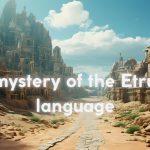-
|

Belgium through the eyes of a Russian man (43 observed facts)
-
|
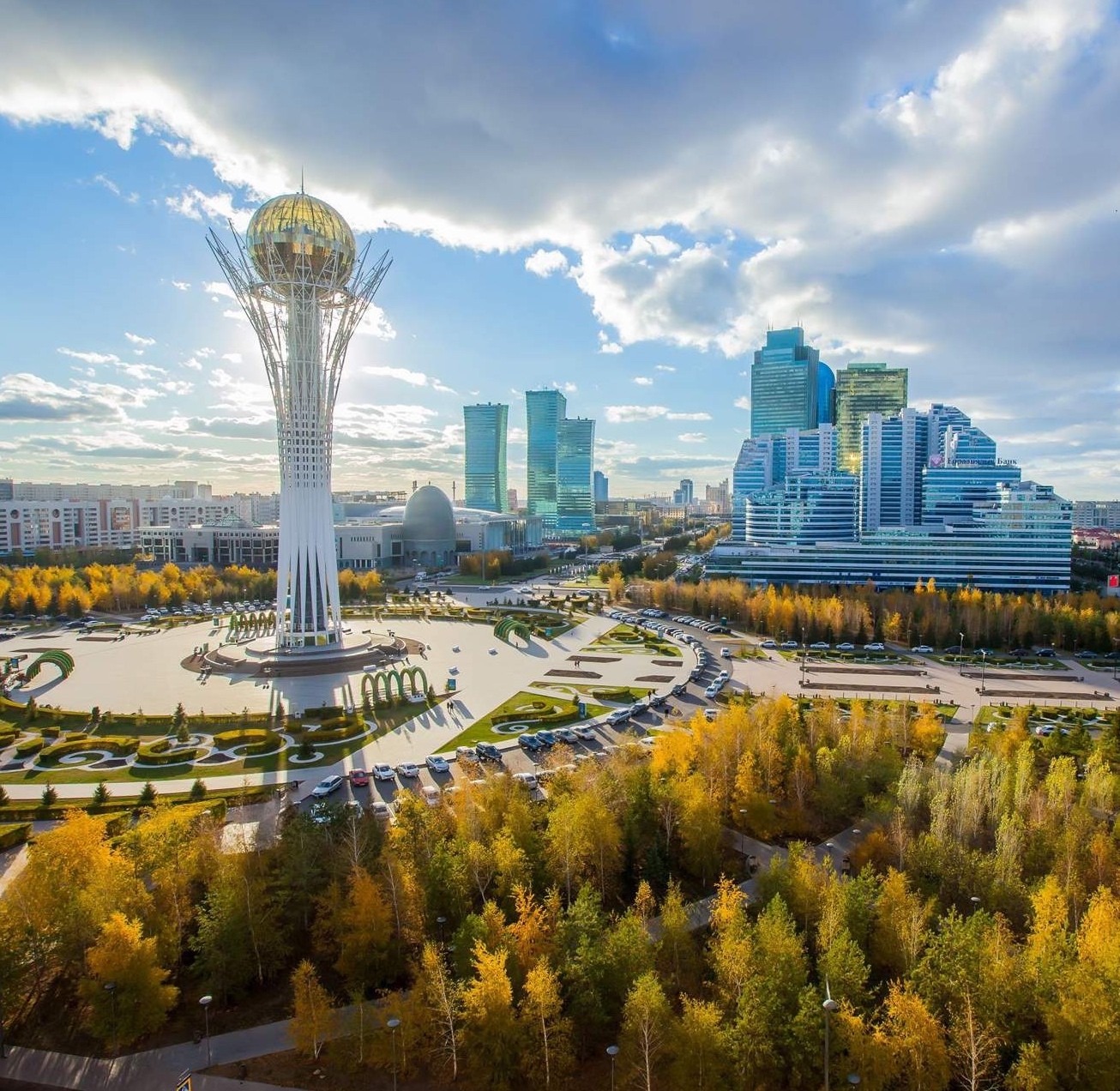
12 most interesting facts about Kazakhstan
-
|
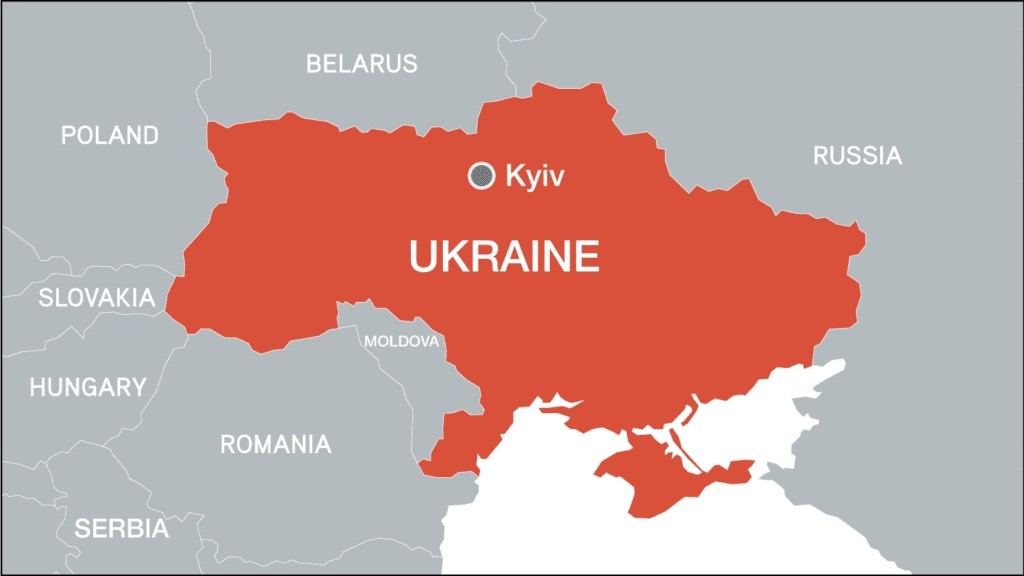
The most interesting facts about Ukraine
-
|

Why is it a problem when lawyers translate documents?
-
|

The most interesting facts about the Ukrainian language
-
|
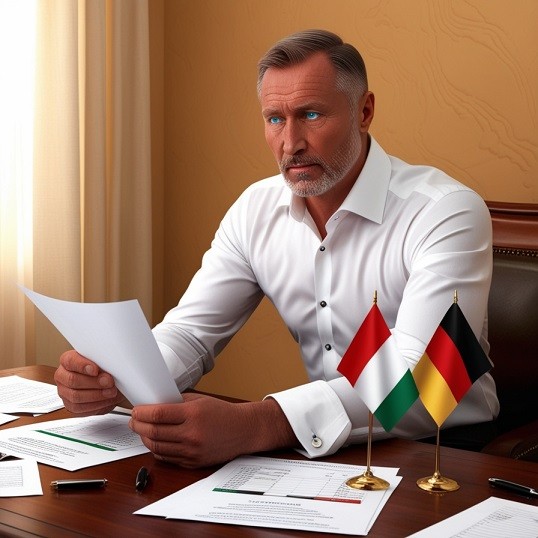
A Russian man compares working in Italy and Germany
-
|

10 facts you probably didn’t know about Belarus
-
|
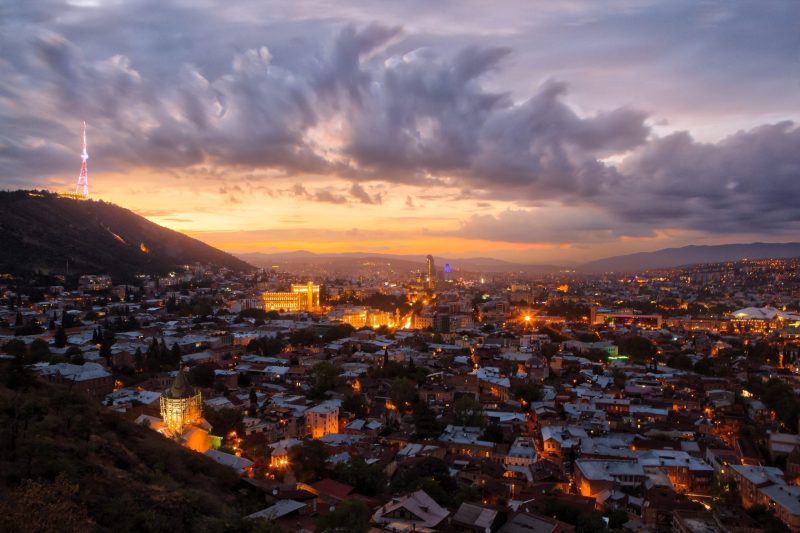
Interesting facts about Georgia
-
|

The unexpected vitality of Italy’s dialects. New interest beyond prejudices
-
|

Translation of technical texts – why is it considered difficult?

